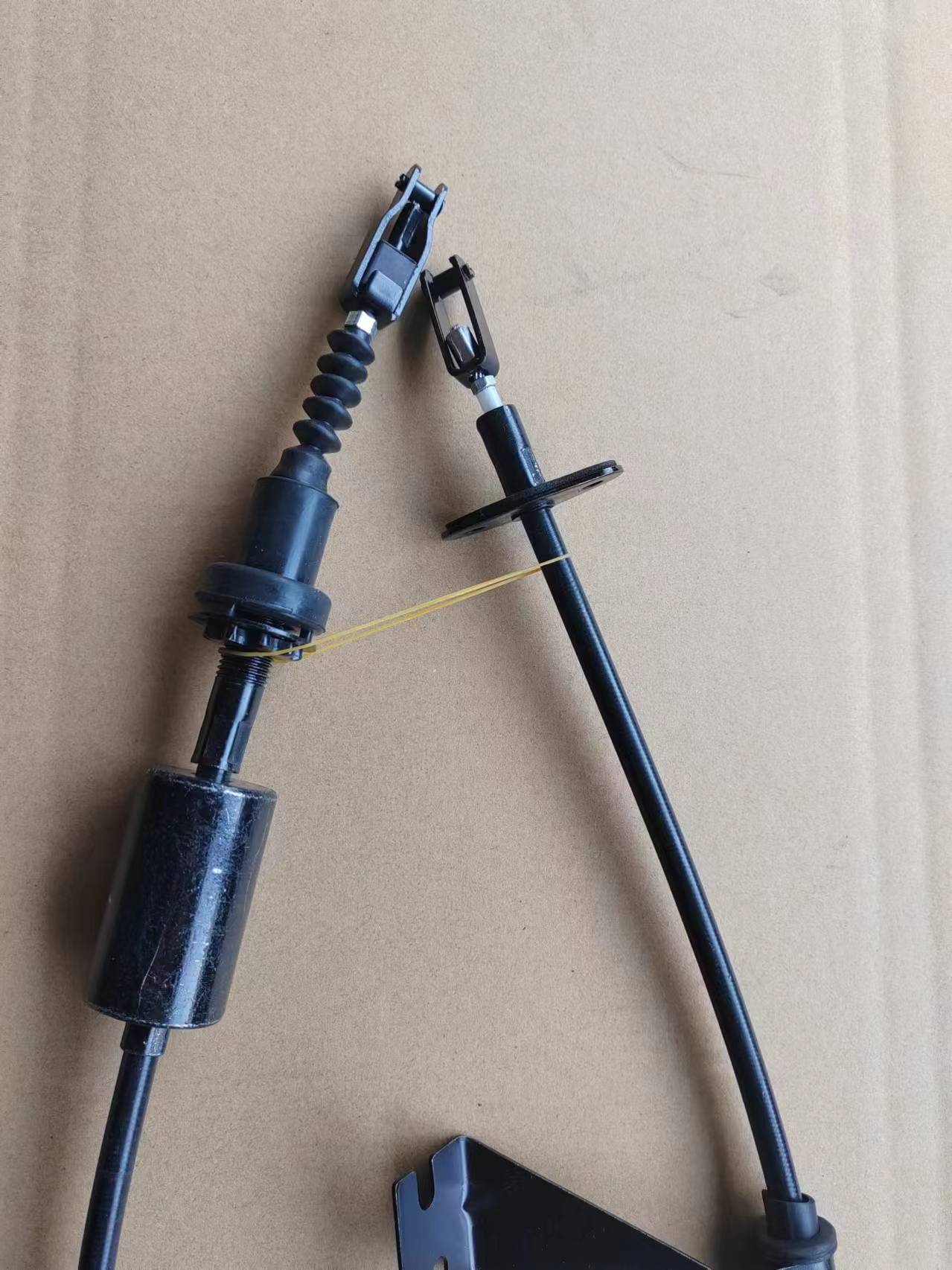hydraulic clutch pipe
Understanding Hydraulic Clutch Pipes Functions and Importance
Hydraulic clutch systems are an essential component in modern vehicles, significantly improving shifting performance and driver experience. One crucial element of these systems is the hydraulic clutch pipe, a key component that plays a vital role in transferring hydraulic fluid between the master and slave cylinders of the clutch mechanism. This article aims to provide an overview of hydraulic clutch pipes, their functions, and their importance in automotive applications.
What is a Hydraulic Clutch Pipe?
A hydraulic clutch pipe is a conduit through which hydraulic fluid flows, linking the master cylinder—located on the clutch pedal—with the slave cylinder, which engages and disengages the clutch. The hydraulic system operates on the principle of Pascal's Law, whereby a change in pressure applied to an incompressible fluid results in a proportional change in pressure throughout the system. When the driver presses the clutch pedal, the master cylinder generates hydraulic pressure, which is transmitted through the hydraulic clutch pipe to the slave cylinder, allowing for seamless disengagement of the clutch.
Construction and Material
Hydraulic clutch pipes are typically constructed from high-quality materials that can withstand high pressure and temperature fluctuations. Common materials include reinforced rubber, stainless steel, or nylon, which provide flexibility and durability. The design of these pipes is crucial; they must resist wear and tear while maintaining the integrity of the hydraulic fluid. Often, they are equipped with protective sleeves to shield against abrasion and external damage, ensuring longevity and reliability.
hydraulic clutch pipe

Functions of Hydraulic Clutch Pipes
1. Fluid Transfer The primary function of hydraulic clutch pipes is to transfer hydraulic fluid under pressure. This fluid acts as a medium for transmitting force from the master cylinder to the slave cylinder. 2. Pressure Transmission Hydraulic pipes ensure that the pressure generated by the driver’s input is effectively communicated throughout the clutch system, allowing for precise control over clutch engagement and disengagement. 3. Flexibility and Movement Since the clutch pedal and the transmission are not stationary, hydraulic clutch pipes must be flexible enough to accommodate movement while preventing leaks and maintaining hydraulic efficiency.
4. Minimizing Fluid Loss A well-designed hydraulic clutch pipe prevents leaks, ensuring that the hydraulic fluid remains contained within the system. This is essential for maintaining the necessary pressure levels for efficient operation.
Importance in Vehicle Performance
The efficiency of a hydraulic clutch system is largely dependent on the integrity of the hydraulic clutch pipe. Any damage or wear can lead to fluid leaks, resulting in decreased performance, difficulty in shifting gears, and even complete clutch failure. Regular maintenance checks are essential to ensure the functionality of these pipes, as they are critical for a vehicle's drivability and overall safety.
In conclusion, hydraulic clutch pipes may seem like small components of a vehicle's hydraulic system, but they serve vital functions that contribute significantly to the vehicle's performance and reliability. Understanding their role can aid in better maintenance practices, ultimately enhancing the driving experience. Whether you’re a car enthusiast or a casual driver, appreciating the importance of hydraulic clutch pipes will lead to a deeper understanding of vehicle mechanics and care.
-
Upgrade Your Vehicle with High-Quality Handbrake CablesNewsNov.01,2024
-
Optimize Your Bike's Performance with Quality CablesNewsNov.01,2024
-
Enhance Your Vehicle's Performance with Quality Clutch ComponentsNewsNov.01,2024
-
Elevate Your Vehicle's Performance with Quality Throttle CablesNewsNov.01,2024
-
Elevate Your Vehicle's Performance with Quality CablesNewsNov.01,2024
-
Affordable Solutions for Your Cable NeedsNewsNov.01,2024
